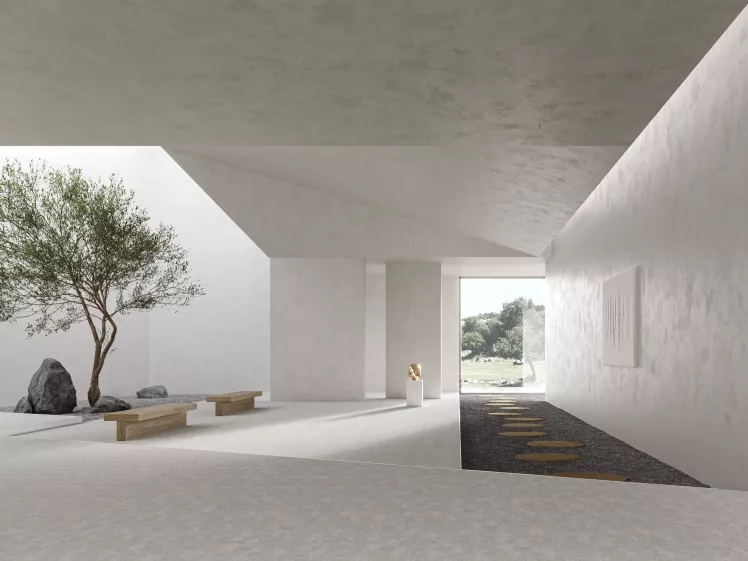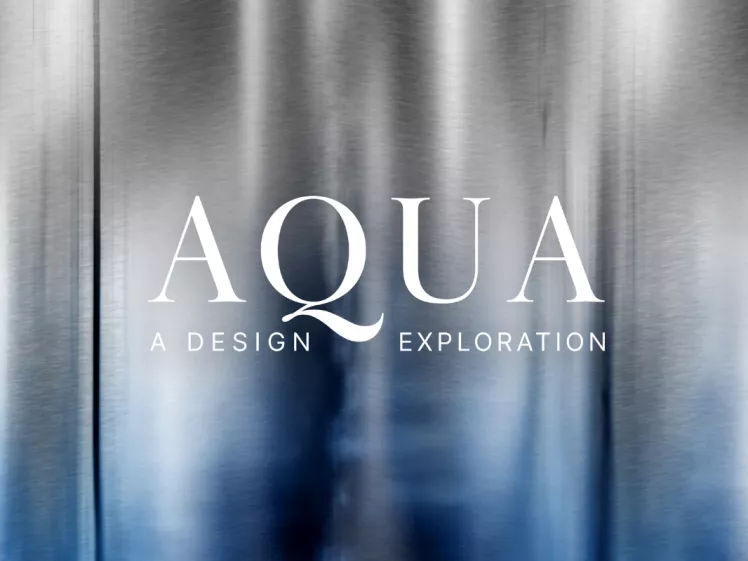
In the rapidly evolving landscape of education, design trends play a pivotal role in sculpting the way students learn, teachers teach, and institutions operate. In this dynamic arena, centring the student's needs during the creative process is no longer a mere option – it's an imperative. At the forefront of this educational revolution stands holistic design. This all-encompassing concept represents a tapestry of innovative design principles, all converging to enhance the academic journey for all. Think inclusivity, biophilia, flexibility and collaboration.
Foundations of Educational Design Concepts
Crafting effective learning environments demands a fusion of acoustic design and colour psychology. Dive into the realm of unbreakable focus by integrating sound-absorbing materials, baffles, and acoustic panels. This strategic assault on noise pollution creates a haven where concentration reigns, relaxation flows effortlessly, and lectures transform into a symphony of crystal-clear clarity.
But that's not all—colour psychology takes centre stage, influencing moods and behaviours. Embrace it to sculpt spaces that not only ignite minds but also soothe souls. Soft blues in libraries evoke serenity, while vibrant hues in collaborative spaces inspire creativity and boost energy. And don't stop at walls; infuse furniture and flooring with dynamic colours to amplify the psychological impact of your space.
Trends that are Gaining Momentum in Education
Inclusivity
We believe that designing for the minority will benefit the majority. Incorporating inclusive design in educational environments is gaining more and more importance. By prioritizing the needs of neurodiverse students, you're not merely crafting a haven for them – you're creating a sanctuary that fosters the growth of every student and educator.
Inclusive design ensures that every student has an equal opportunity to succeed. And it doesn’t just stop at adding more accessibility to your space, it also means including sensory-friendly elements, adjustable furniture, intuitive wayfinding and clear signage, and so on, to your spatial design.
Biophilia
Biophilic design in education is a trend gaining momentum. By using natural elements in your spatial design, you can improve concentration and creativity, while also supporting physical and mental health.
This design trend goes further than just incorporating natural elements and natural light. Biophilic design can also be incorporated by adding carpet or furniture that echoes nature’s colours, patterns, and textures.
The biophilic style is a transformative journey that reconnects students with nature, sparks engagement, caters to diverse learning styles, and elevates the entire educational experience. It's a win-win for students and educators alike, creating a holistic, enriching oasis of learning.
Brace yourselves for a transformative journey where inclusivity isn't just a concept – it's a way of life, and it's redefining the future of education.
Flexibility
Gone are the days of uniform classroom seating! Enter flexible furniture arrangements. Forget the cookie-cutter seating arrangements; now, educators possess the power to reshape their spaces at will. By having the possibility to rearrange desks, chairs, and seating pods, educators are allowed to adapt the space to their teaching style and/or activity. This concept of spatial design fuels collaboration, group discussions, and dynamic learning experiences.
In flexible design, we can also include the use of multi-functional spaces by using modular furniture. These educational spaces can now serve multiple functions. Making it possible to transform ordinary classrooms into workshop areas, group study zones, or presentation spaces.
Collaborative learning hubs
Working in a group is easier said than done. To improve this experience, adding collaborative learning spaces to your educational environment is the optimal approach. These kinds of spaces are designed to facilitate group work and interaction among students, by equipping these spaces with interactive whiteboards, comfortable seating, and technology. It encourages students to collaborate, and communicate and helps with problem-solving.
Revolutionizing Education: Embracing Design Trends for an Inclusive and Inspiring Future
The future of education is being moulded by these exciting design trends, each contributing to a holistic and enriching educational experience. By embracing flexibility, biophilia, inclusivity, collaboration, together with basic educational design concepts such as acoustics and colour psychology, educational institutions are not only evolving but also redefining the very essence of learning itself. This transformative journey holds the promise of nurturing the growth of every student and educator, making education an inclusive, engaging, and inspiring way of life.

Get a feel for our carpets

Get news and insights

Natural Elegance: Sylvain Willenz’ Custom Carpet Design for modulyss

modulyss Now Available on Material Bank

Design Innovation: modulyss at Archiproducts' Aqua Event curated by Studiopepe





